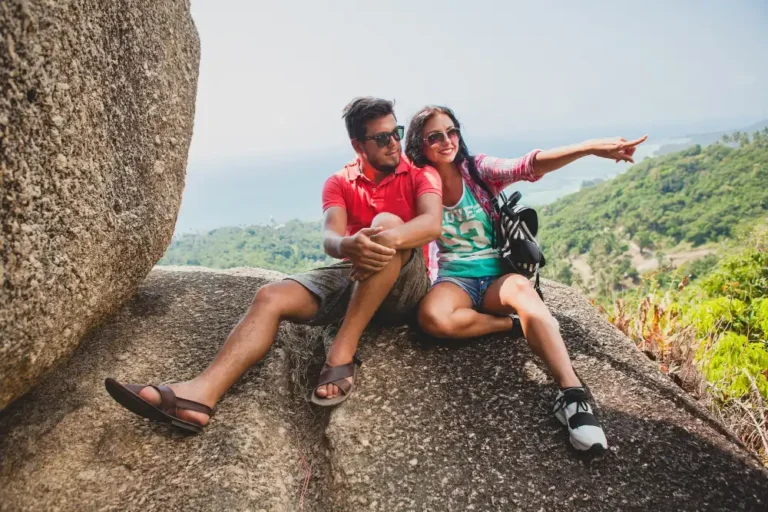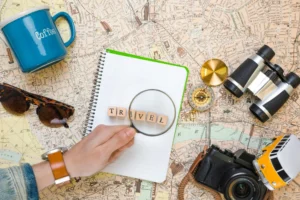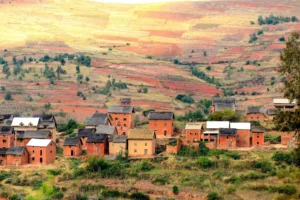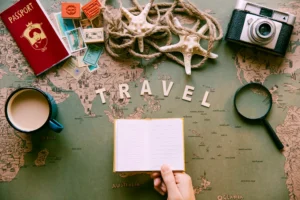Understanding Madagascar
Before diving into the specifics of travel preparation, it’s important to have a background understanding of Madagascar. The island is the fourth largest in the world and is famous for its lemurs, baobabs, and orchids. Despite its natural beauty, Madagascar is also one of the least developed countries in the world, which can present unique challenges for travelers.
Travel Documentation and Visas
Necessary Documents: Ensure your passport is valid for at least six months beyond your intended stay. Most travelers will need a visa, which can be obtained on arrival for stays up to 30 days or via the Madagascar eVisa website prior to departure.
Health and Vaccinations: Consult with a travel clinic at least a month before departure. Vaccinations for hepatitis A, typhoid, and tetanus are commonly recommended, and a yellow fever vaccination may be required if you’re traveling from a country with risk of yellow fever.
Booking Your Flight and Accommodation
Choosing an Airline: Options for direct flights from Europe are limited, with most travelers transiting through hubs like Paris or Johannesburg.
Accommodation: Madagascar offers a range of accommodations, from luxury resorts in Nosy Be to budget lodges in Antananarivo. Booking in advance is recommended, especially during the high season (July to September).
Packing Essentials
Clothing: Bring lightweight, breathable clothing for the humid climate, along with a sturdy pair of hiking boots if you plan to explore national parks. A raincoat is essential during the rainy season from November to March.
Health Supplies: Pack a basic first aid kit, insect repellent, sun protection, and any prescription medications. It’s also advisable to bring water purification tablets.
Miscellaneous: Don’t forget to pack a power adapter (Type C, E, or J) and a good quality camera to capture the stunning landscapes and wildlife.
Cultural Etiquette and Safety Tips
Respecting Local Norms: Malagasy culture values politeness and respect. Learn a few basic phrases in Malagasy to show respect and improve your interaction with locals.
Safety: While Madagascar is generally safe for tourists, petty theft can occur in crowded areas. Always keep your valuables secure and be cautious when withdrawing money from ATMs.
Itinerary Planning
Madagascar’s size and diversity mean that you need to plan your itinerary based on interests and the time of year. Key highlights include:
- Ranomafana National Park: Ideal for seeing lemurs and experiencing the rainforest.
- Avenue of the Baobabs: Perfect for iconic photographs, especially at sunset.
- Ifaty: Offers excellent opportunities for snorkeling and relaxing on beaches.
- Tsingy de Bemaraha: A UNESCO World Heritage site known for its limestone karsts.
Transportation Within Madagascar
The infrastructure in Madagascar can be challenging, with limited paved roads and often unreliable public transport.
Car Rental: Renting a car with a driver is often the most efficient and safest way to travel between destinations.
Domestic Flights: Consider domestic flights if you are short on time or need to cover large distances, such as traveling from Antananarivo to Fort Dauphin.
Health and Safety Precautions
Medical Facilities: Be aware that medical facilities are limited, especially outside of Antananarivo. Travel insurance with comprehensive medical and evacuation coverage is crucial.
Water and Food Safety: Stick to bottled water and ensure food is thoroughly cooked to avoid health issues.





